Kenya
It's a long way from Washington, DC, but at the Kakuma Refugee Camp in northwestern Kenya, the effects of United States policy are hitting hard.
Kakuma houses more than 300,000 refugees - many of whom rely on aid to survive. But since US funding cuts in March, Kakuma's most vulnerable are slowly starving.
Martin Komol is a Ugandan refugee living at Kakuma:
"When we can’t find anyone to help us, we become sick, but when we go to the hospital, they say it’s just hunger and tell us to go back home. Even when they put us under a drip, nothing changes and we are discharged. Because we are hungry."
Food rations cut
Once a major donor for many United Nations and international agencies, the US freeze on aid has seen food rations reduced to less than half of what's required for basic sustenance.
"There will be no diversification of diet, no more variety of diet and no more support in terms of the basic needs they used to get, now that we have stopped giving them cash," says Sammy Nyang’a, a nutritionist with the International Rescue Committee (IRC). "So we are getting a lot of malnutrition cases."
Two thirds of Kakuma's residents depend on the United Nations World Food Programme (WFP) for food. Until recently, the US provided 70 percent of the WFP's budget. It's a major shortfall that will be hard to make up, says Colin Buleti, the head of WFP operations in Kakuma:
"Come August, we are likely to see a more difficult scenario. If WFP doesn’t receive any funding between now and then, it means only a fraction of the refugees will be able to get assistance."
Monthly cash transfers that refugees used to buy proteins and vegetables to supplement the rice, lentils and cooking oil distributed by WFP have ended this month.
For now, recipients get 3 kilos of rice per month, far below the 9 kilos recommended by the UN. Cash transfers used to buy proteins and vegetables to supplement the rice and lentils distributed by the WFP ended this month.
Malnutrition
At Kakuma's largest hospital, run by the IRC, children with malnutrition are given fortified formula milk.
Nutrition officer Sammy Nyang’a says some children are brought in too late and die within the first few hours of admission. The 30-bed stabilisation ward admitted 58 children in March, 146 in April and 106 in May. Fifteen children died in April, up from the monthly average of five. He worries they will see more this month.
The hospital had been providing nutrient-dense porridge for children and mothers, but the flour has run out after stocks, mostly from the US, were depleted in March. A fortified peanut paste given to children who have been discharged is also running out, with current supplies available until August.
In the ward of whimpering children, Susan Martine from South Sudan cares for her 2-year-old daughter, who has sores after swelling caused by severe malnutrition.
The mother of three says her family often sleeps hungry, but her older children still receive hot lunches from a WFP school feeding program. For some children in the camp, it's their only meal. The program also faces pressure from the aid cuts.




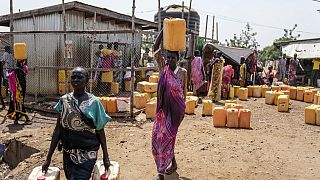
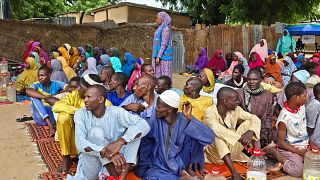


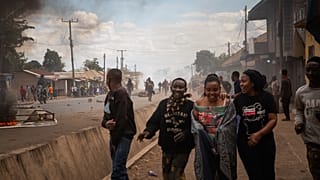


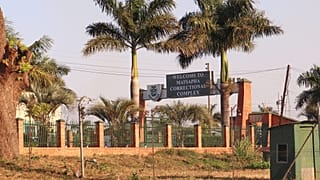
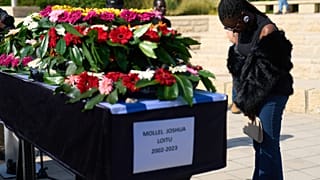
01:00
Ivory Coast experiences increased refugee influx from Mali conflict
00:55
Kenya says US Vice President's trip to country has been called off
01:45
WFP highlights severe hunger Crisis in Eastern Democratic Republic
01:47
UNHCR urges global community to support Sudanese refugees in Chad
11:18
Post-election protests trigger economic losses in Cameroon {Business Africa}
01:10
Relief supplies arrive after Hurricane Melissa devastation